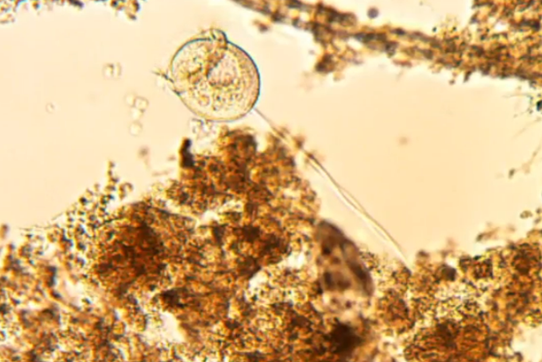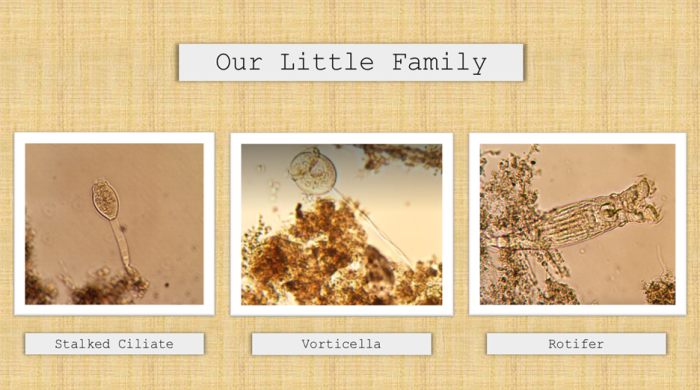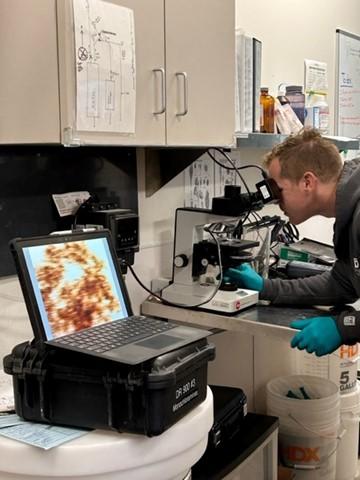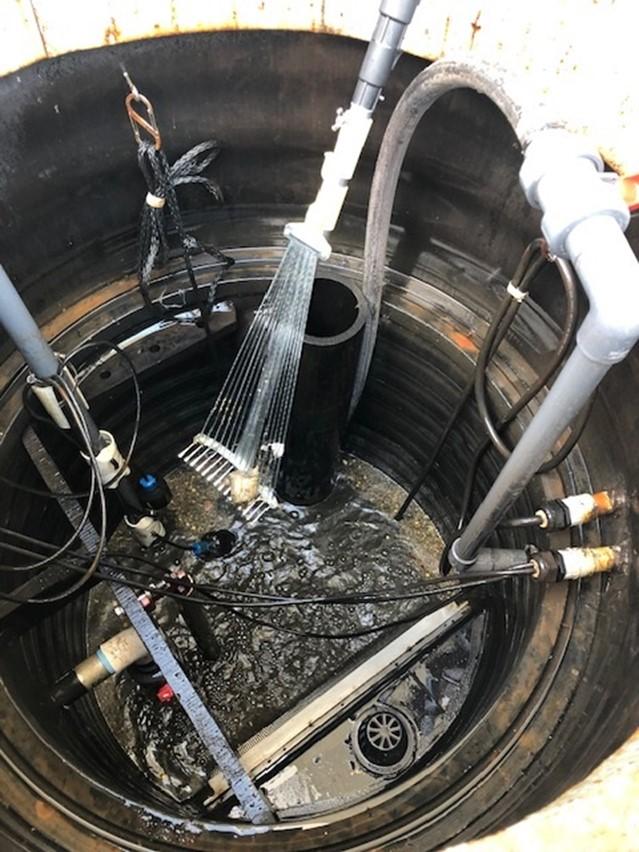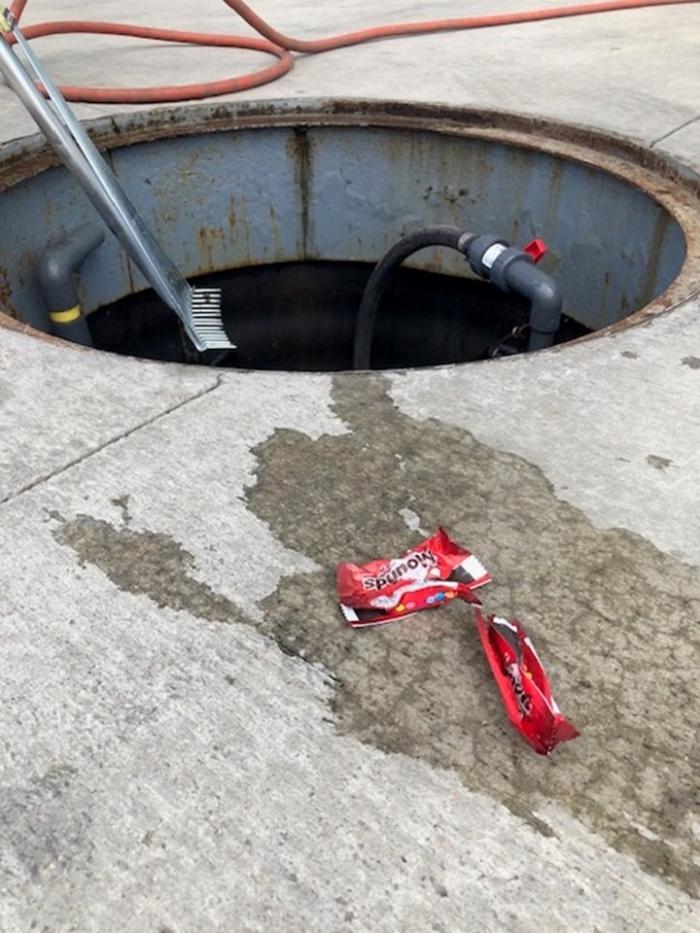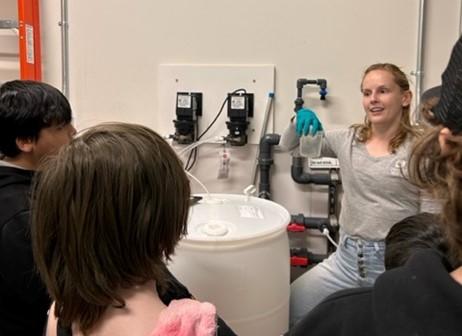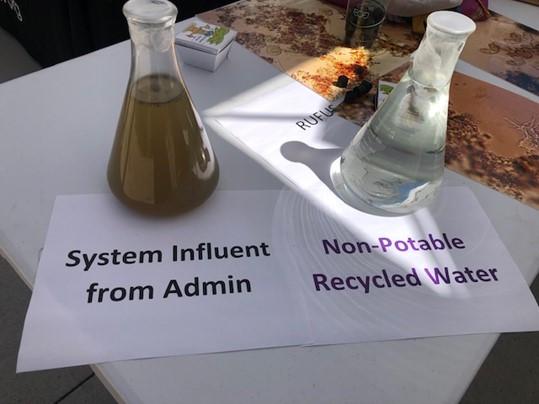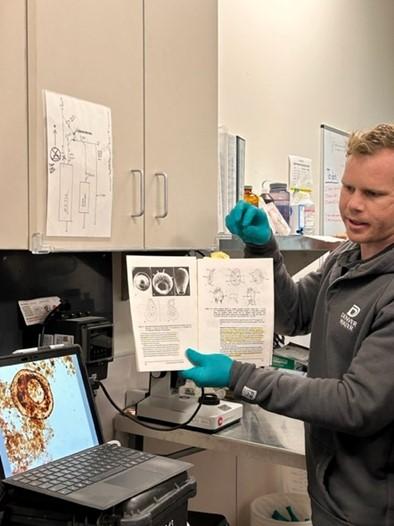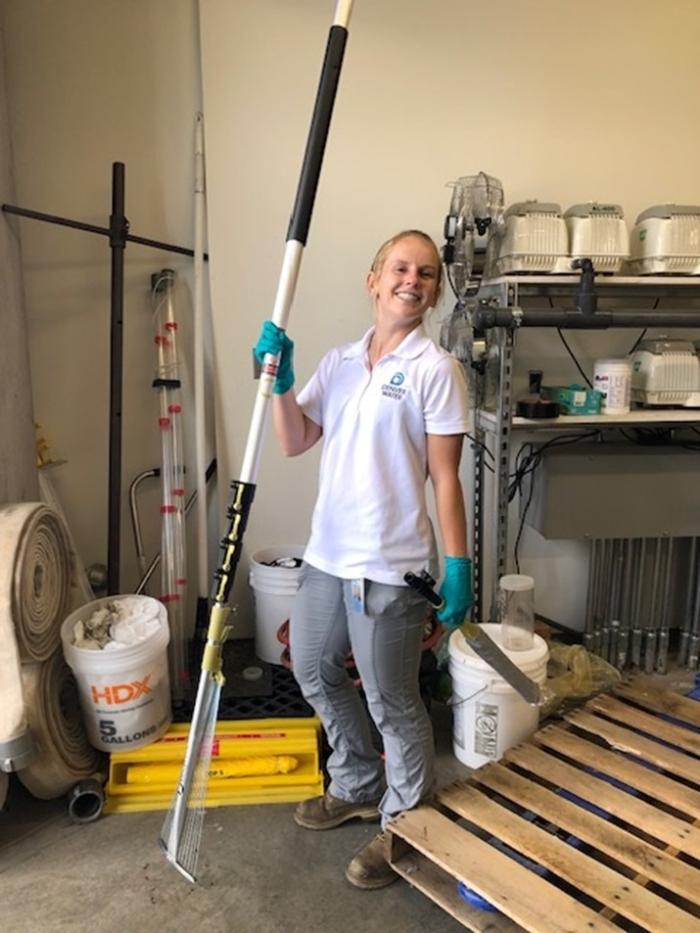Our little heroes: Small, mighty and dedicated to their jobs
When most people think of "adorable" living things, puppies and kittens come to mind. And it’s easy to see why, as most baby animals have decidedly cute features.
With their large heads, playful movements and innate innocence, who could resist giving a baby animal a good cuddle?
In this relatively narrow definition of “cute,” most people would overlook the microorganisms zooming about in Denver Water’s water recycling system at its own Operations Complex — a system that is separate from its larger Recycling Plant that treats and delivers billions of gallons of water every year for industrial and outdoor irrigation uses.
But, considering their microscopic features, innocence, vulnerability, curious nature and exploratory behaviors, it seems that these helpful organisms’ minuscule size might be the only reason they aren’t regularly ranked high in the cuteness category.
Denver Water’s Startup, Commissioning and Optimization water treatment team — in charge of the on-site wastewater treatment system at the utility’s redeveloped Operations Complex, called RUFUS, which is short for “Reuse For Us” — certainly finds the microorganisms adorable.
And it’s a good thing, because the team is tasked with caring for Denver Water’s smallest employees.
“I find them really charming” said Chance Coe, a co-leader of the team that runs the RUFUS system at the Operations Complex. “Rotifers especially. Watching them through the microscope you can see their excitement as they work to clean the water!”
In this video, watch small vorticella organisms at work inside the RUFUS system, cleaning the water and readying it for non-drinking water uses at Denver Water’s Administration Building:
“It’s easy to find them cute when you consider what an important role they play,” said Rachel Himyak, Coe’s co-leader on the RUFUS team.
While the microscopic creatures are invisible to the naked eye, they play a vital role in the RUFUS system.
From diligently breaking down organic matter to gracefully gliding through the water, the “tiny titans” showcase remarkable charm and cuteness while preforming their important work.
Our little heroes live and work underneath Denver Water's Administration Building, where water collected from toilets, sinks and the building’s cafeteria takes a multistage journey through the RUFUS system.
The system was completed in 2019 and has been slowly working through various start-up and commissioning phases.
It’s also the first of its kind in Colorado to pass a milestone with state health officials, recently receiving its “Notice of Authorization to Treat.” The authorization means the system has met state requirements to clean the recycled wastewater and supply it to Denver Water’s Administration Building for non-drinking water purposes.
Like microscopic beings? Denver Water offers a wide variety of careers, check out denverwater.org/Careers.
Denver Water is working on the next step in the authorization process, which would officially allow the utility to reuse the cleaned, recycled wastewater produced by the RUFUS system for outside irrigation and indoor toilet flushing.
A second very similar system now sits atop Pikes Peak, at its new Visitors Center, which opened in 2021. That system also is working through the state’s regulatory approval processes.
In both of these systems, after the influent is collected from the buildings they serve, technicians must remove any large solids present before treatment can begin.
This is because the stars of the show, the strong but mighty microorganism workforce, can only break down organic matter in the form of carbon. They don’t tackle plastic or other material that might accidentally be flushed down the toilets or drains.
Unfortunately, this means that Denver Water’s RUFUS team often has to fish out inorganic matter manually.
Because of this, Denver Water employees are very careful about what they flush!
Once the refuse has been removed, our tiny titans take over — beginning a three-stage choreographed dance that gives each type of microorganism its own chance to shine.
In the first anoxic stage — a stage where the amount of oxygen in the water is slim to nonexistent — the tiny lifeforms that can thrive without oxygen take center stage, breaking down complex organic materials into simpler substances. This helps kick-start the cleansing process.
In the second anoxic stage, a different team of microorganisms enters from the wings. Their job is to transform harmful nitrogen compounds into harmless nitrogen gas and make the water safer for the environment.
Finally, in the aerobic stage — during which oxygen is added to the tank, microorganisms that love oxygen take over. They further break down any remaining organic matter into carbon dioxide and water, ensuring no pollutants are in the water as it moves on to the next stage of the process, leaving our tiny titans behind.
The tiny organisms’ work takes about six days to complete.
Once their work is done, the water is filtered, treated with protective chemicals and tested to ensure it complies with state standards for recycled water.
Once it passes the test, the clean non-drinking water resulting from our hero’s efforts can be put to use for irrigation and filling toilet bowls in the Administration Building.
Though the workers are microscopic, the impact of the work they do is not small at all.
Their diligent efforts help exemplify Denver Water's commitment to the One Water concept.
Quite simply, One Water means using the right water for the right use.
Denver Water mainly provides clean, safe potable water — which is water treated to drinking water standards — for the homes and businesses of 1.5 million customers throughout the metro area. The drinking water is treated at one of the utility’s water treatment plants to comply with state and federal drinking water regulations.
But the Denver Water Administration Building doesn’t need drinking-quality water in its toilet bowls or irrigation system, which provides an excellent opportunity to put reclaimed water back to work and save the clean, safe potable water for other uses.
“The RUFUS system uses the same concept you see our at our recycled water facility, but on a smaller scale,” explains Coe.
“Just like many of Denver Water’s large, recycled water users, like parks, golf courses and industrial facilities with cooling towers, who use recycled water for their operations, our microorganism buddies help us put the right water to the right use at our Operations Complex,” he said.
“Every part of our work at Denver Water is aimed at our commitment to sustaining vibrant communities for years to come” Himyak said. “I love that my work helps our little microorganism buddies be a part of that.”


